Carbon monoxide (CO) poisoning can lead to severe long-term cognitive, physical, and behavioral symptoms, such as problems with memory, difficulty concentrating, balance issues, and mental health problems. Symptoms can continue even when the source of the gas is removed. Patients affected by CO poisoning can experience symptoms for months or even years after exposure.
Treatment for patients exposed to CO is often geared towards flooding the body with oxygen. This includes, for example, breathing 100% oxygen or undergoing hyperbaric oxygen therapy. However, this treatment is primarily beneficial right after gas exposure. Patients can still develop long-term symptoms even with this treatment, but it does lower the risk.
For patients chronically exposed to low levels of CO for long periods, these treatments are usually not enough. At Cognitive FX, we specialize in treating persistent symptoms from brain injury. While our most common patient suffers from persistent post-concussion symptoms, we also treat patients suffering from symptoms resulting from TBI, transient ischemic attack (TIA), encephalitis, carbon monoxide poisoning, and more. We’ve seen that our combination of exercise and multidisciplinary therapies can benefit these patients.
One of our carbon monoxide poisoning patients, Nate Benson, suffered from symptoms since childhood but experienced significant improvement after treatment at our clinic. It’s common to see substantial recovery despite years or even decades passing since the original injury.
In this article, we:
If you’re experiencing persistent symptoms such as brain fog, fatigue, memory problems, vision changes, and more after CO exposure, you’re not crazy. These are real symptoms caused by changes in the brain and autonomic system after exposure, and they can be helped. Over 90% of our patients experience significant recovery after treatment in our clinic. To determine if our program is right for you, please schedule a consultation with our team.
Symptoms of Carbon Monoxide Poisoning

Most of the initial symptoms of CO poisoning are subtle and nonspecific. Mild cases often go unrecognized, as symptoms can be mistaken for many other illnesses. As a general rule, as the level of CO in the blood increases, so does the severity of symptoms.
In this article, we’ll cover symptoms that occur:
- During acute CO poisoning
- During chronic CO poisoning
- After CO exposure ceases
Acute CO Poisoning
Acute CO poisoning refers to cases where patients experience significant symptoms after exposure. This typically occurs after a single, large exposure to the gas.
At low levels, headache is the most common symptom of acute carbon monoxide poisoning; patients often describe it as dull but constant. In addition to headaches, some patients may experience fatigue, nausea, and dizziness. At this stage — if patients are not aware of their exposure to CO — it can be difficult to separate between being exposed to carbon monoxide and other common illnesses.
Increasing CO exposure may lead to cardiac problems, including fast heart rate, low blood pressure, chest pain, and cardiac arrhythmia. Patients may also experience short-term symptoms affecting their central nervous system, such as delirium, hallucinations, drowsiness, dizziness, unsteady gait, confusion, seizures, and central nervous system depression. Ultimately, severe poisoning can cause loss of consciousness, respiratory arrest, and death.
Chronic CO Poisoning
In contrast to acute poisoning, chronic CO poisoning refers to cases where patients are exposed multiple times to CO, usually at low concentrations.
The most common symptoms of chronic CO poisoning include persistent headaches, lightheadedness, fatigue, memory problems, nausea, hearing disorders, sleep disorders, abdominal pain, diarrhea, and vomiting. Each time a patient is exposed to CO, they will develop one or more of these symptoms. However, because most are nonspecific symptoms, CO poisoning is difficult to recognize and is frequently mistaken for a flu-like disease or a stomach bug.
Persistent Symptoms Caused by Acute or Chronic CO Poisoning
Irrespective of whether patients were exposed to acute or chronic CO poisoning, they can develop persistent symptoms even after the source of CO is removed. These symptoms occur in up to 50% of all patients who sustained toxic levels of CO.
This is what happened to Nate Benson, one of the patients treated at Cognitive FX for CO poisoning. Nate was exposed to low levels of CO in his home for over three years. The leak in the furnace was eventually detected, but Nate continued to experience persistent symptoms for years, including brain fog, difficulty remembering information, headaches, and depression. Eventually, his family found Cognitive FX, where Nate received treatment.
After just one week, Nate was a different person. “When I left the clinic, I was happy! I felt motivated. A lot of that was thanks to the therapists encouraging me. I did feel sharper. I felt way quicker. My reaction time and my ability to process things was faster,” he recalled. Read more about Nate’s recovery story and how his time at Cognitive inspired a career change.
Similarly to what happened to Nate, up to 30% of patients exhibit some degree of cognitive decline after CO poisoning. This ranges from subtle impairments that most patients don’t even notice to a significant reduction in intellectual function or even dementia. It’s common for patients to experience deficits in attention, concentration, memory, executive function, and verbal fluency.
Physical and movement disorders can affect about 13% of patients. Symptoms include balance issues, rigidity, and shuffling gait. Urinary and fecal incontinence is also a common problem in severe cases.
Finally, emotional and behavioral disturbances are less common and can be difficult to distinguish from pre-poisoning disorders, particularly in cases of suicide attempts by CO poisoning. Personality changes may occur, and studies have described patients suffering from depression, anxiety, and irritability several years after CO poisoning.
How Does CO Poisoning Cause Symptoms?
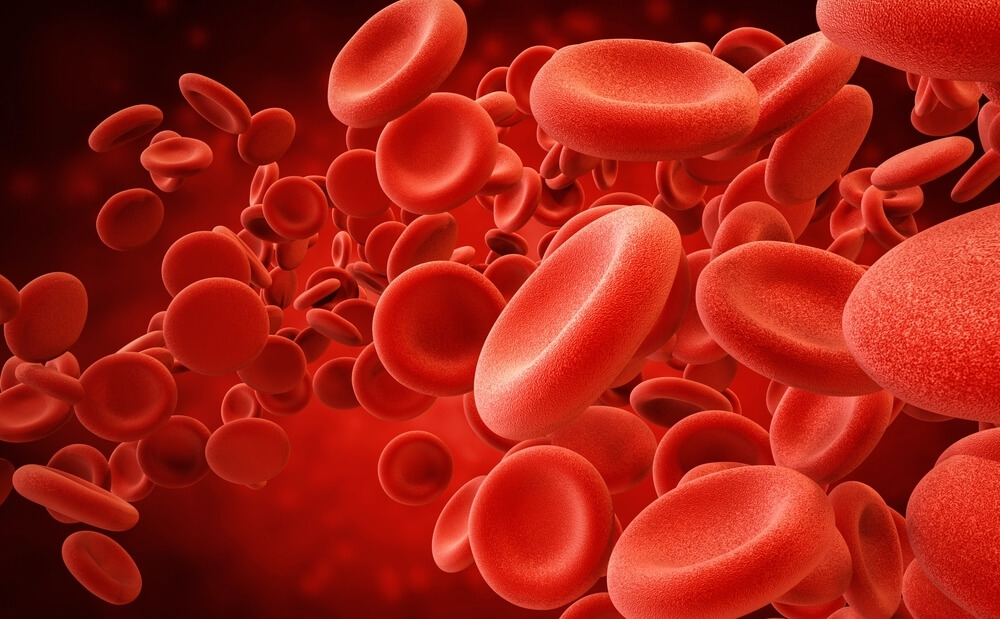
It’s impossible to determine exactly how CO poisoning causes symptoms in each person, but a mixture of multiple resultant mechanisms affecting the brain can include:
- Direct damage to the brain
- Neurovascular coupling disruption
- Dysfunction of the autonomic nervous system
- Hormonal imbalance
Brain Damage (via Lesions)
Neuroimaging studies show that CO poisoning can cause lesions throughout the brain, with certain regions — including the hippocampus and hypothalamus — being particularly vulnerable.
Researchers don’t know the exact mechanism behind this damage, but some studies suggest it may be caused by oxidative stress. There is some evidence that CO poisoning increases the production of free radicals in the brain, which in turn affects how brain cells work.
Neurovascular coupling (NVC) disruption
In addition to direct damage, CO poisoning also causes the brain to be starved of oxygen and other resources. Neurons receive oxygen and nutrients via a network of blood vessels. In a healthy brain, when different areas need resources to complete a task, surrounding blood vessels deliver what they need. This dynamic mechanism is called neurovascular coupling (NVC).
However, CO replaces oxygen in red blood cells and reduces the amount of oxygen in the blood flow reaching the brain, disrupting this connection. As a result, affected areas may not receive the right amount of resources at the right time for them to perform their tasks normally. NVC dysfunction is very taxing on the brain, frequently leading to headaches, fatigue, and irritability. In addition, you may experience different symptoms related to the areas of the brain that were affected (such as vision problems when regions associated with visual processing are harmed).
Dysfunction of the Autonomic Nervous System (ANS)
Low levels of oxygen in the brain — caused by CO poisoning — can also affect the autonomic nervous system (ANS). The ANS controls many body functions, including heart rate, blood pressure, and breathing rate via the sympathetic nervous system (SNS) and the parasympathetic nervous system (PNS).
In simple terms, the SNS represents our “fight-or-flight” response when we’re stressed, and the PNS is responsible for our “rest-and-digest” mechanisms by bringing everything back down with a calming influence.
Under normal circumstances, both sides work together in harmony. However, low levels of oxygen often cause the SNS to stay activated most of the time. The constant effort leads to a series of symptoms such as fatigue, headaches, high blood pressure, digestive issues, problems sleeping, and mood changes.
Hormonal Imbalance
CO poisoning may also lead to hormonal problems, most likely due to damage to the brainstem and hypothalamus.
For example, adrenal glands (located on top of the kidneys) produce multiple hormones, including cortisol, adrenaline, and testosterone. The production of these hormones is regulated by the hypothalamus and pituitary gland in the brain. Anything that affects normal functioning in these areas — including CO poisoning — may cause hormonal problems and symptoms such as fatigue, muscle weakness, nausea, vomiting, dizziness, joint pain, and irritability.
Treating Persistent, Long-Term Effects of CO Poisoning at Cognitive Effects
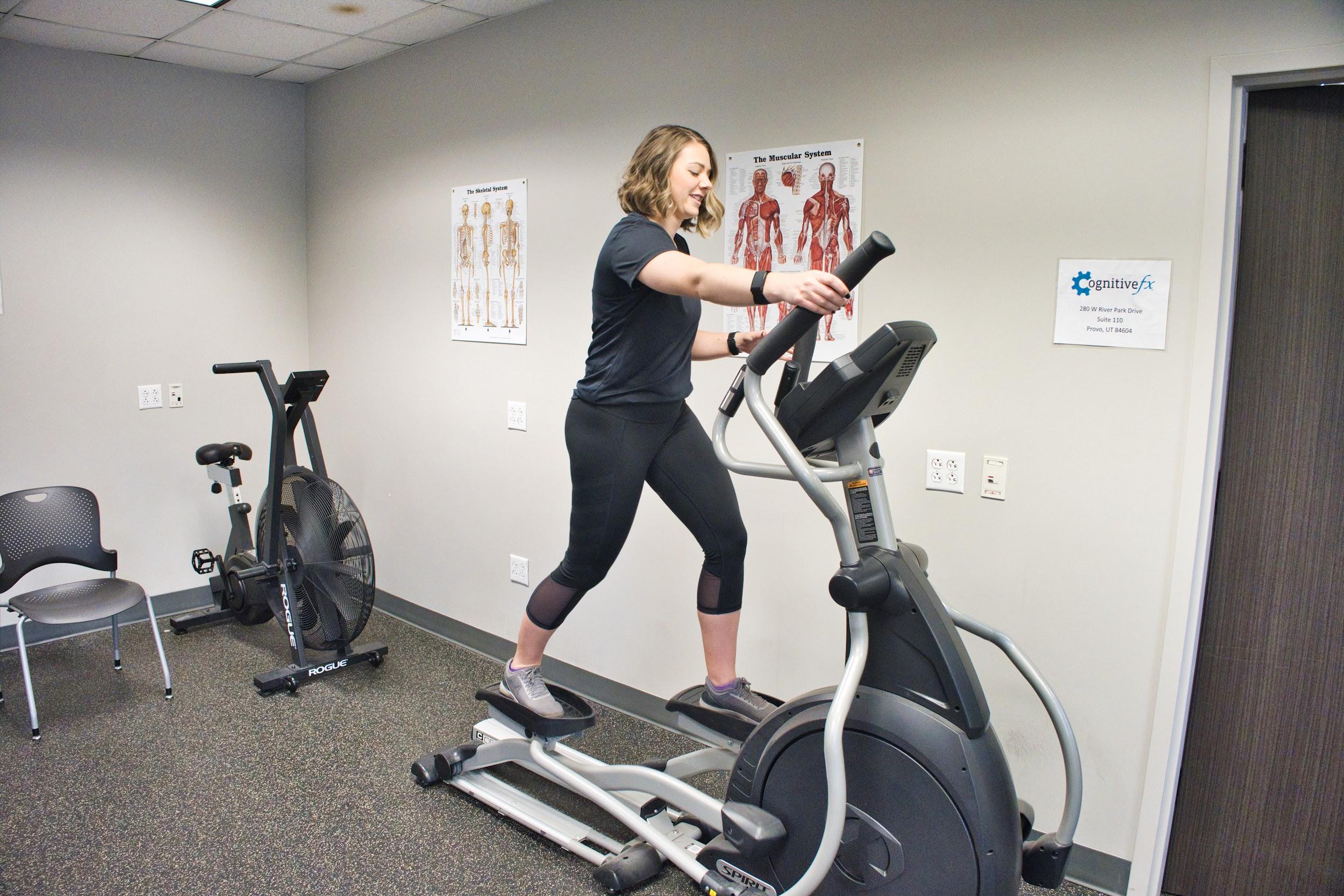
Many patients experience chronic neurocognitive and physical symptoms long after the source of CO is eliminated.
To further complicate matters, these patients often struggle to find the medical care they need. It’s easy for the long-term effects of carbon monoxide poisoning to be mistaken for other conditions, such as psychiatric conditions or stroke, and patients often get lost in the system and never receive the treatment they need.
This is where Cognitive FX comes in. If you believe that you’re experiencing persistent symptoms due to CO poisoning, we offer a combination of aerobic exercise and a variety of therapies — such as cognitive therapy, vestibular and vision therapy, and sensorimotor therapy — as an effective treatment option.
Before treatment, all patients need to complete a detailed medical examination. This includes a review of their medical history, past and current symptoms, as well as exams to assess the patient’s physical, cognitive, and emotional condition.
All patients undergo a functional Neurocognitive Imaging (fNCI) scan. This brain imaging scan assesses neural functioning in about 100 regions of the brain and checks how effectively these regions communicate with each other while the patients perform a series of cognitive tasks.
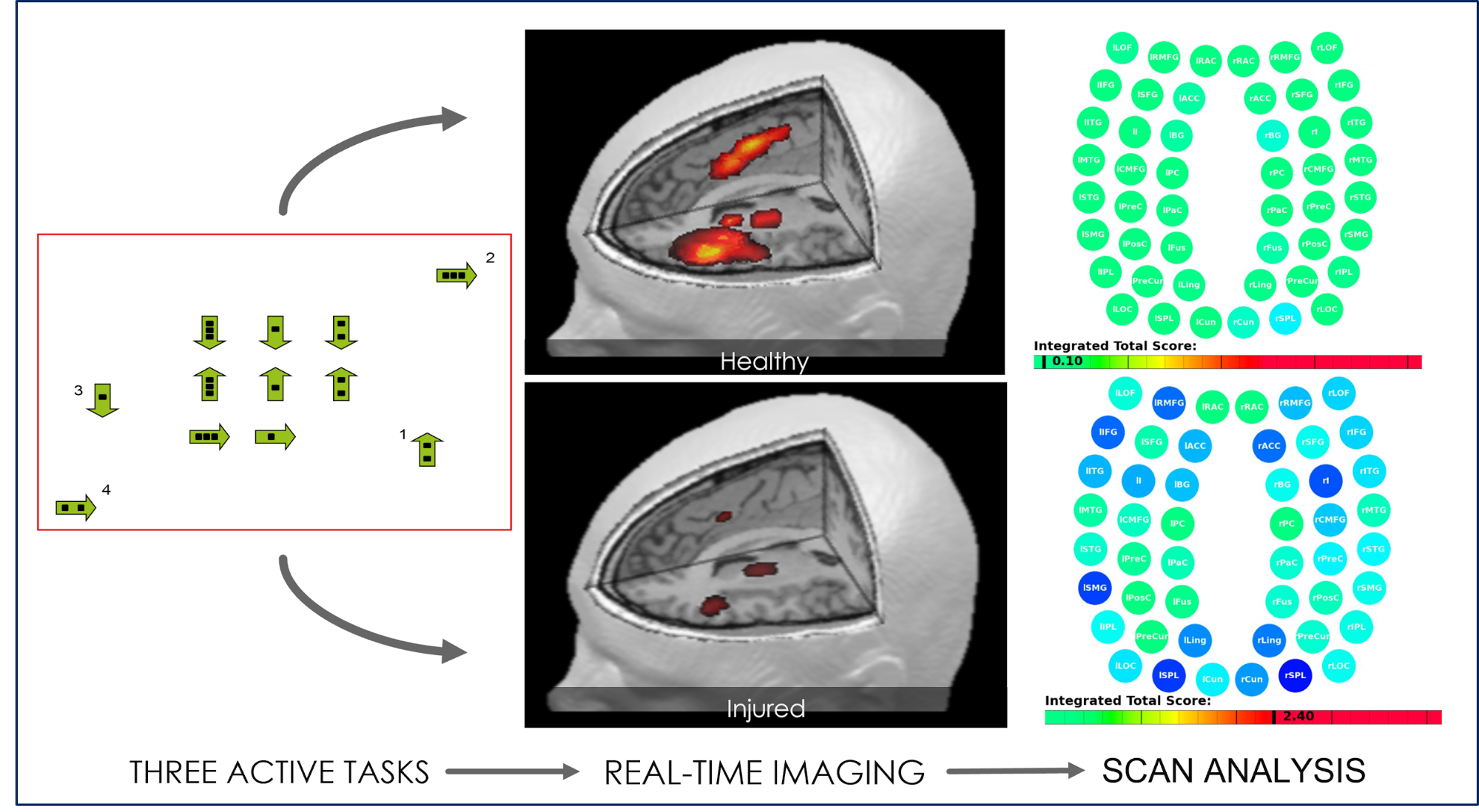
Once these exams are completed, our team will gather all the results and design a treatment plan specific for each patient. For example, we know that CO poisoning affects the cardiac system and that these patients are therefore more likely to experience exercise intolerance. Our therapists are trained to find ways to work around this issue.
Treatment involves a three-step cycle that is repeated multiple times a day: Prepare, Activate, and Recover. The main goal is to restore neurovascular coupling, improve ANS function, and reduce the incidence and severity of symptoms after carbon monoxide exposure.
- Prepare: Cardio sessions start with short bursts of aerobic exercise, usually on a stationary bike or treadmill, to promote healthier blood flow within the brain. Our therapists monitor patients closely to ensure exercise doesn’t trigger severe symptoms. This is known as exercising at the sub-symptom threshold and is a key part of our treatment. Physical activity triggers a phenomenon called post-exercise cognitive boost (PECB), where the brain releases an important chemical called brain-derived neurotrophic factor (BDNF). BDNF boosts the impact of subsequent therapy after exercise and helps the brain adapt better to changes.

- Activate: After exercise, patients engage in a series of different therapies, such as occupational therapy, neuromuscular therapy, neurointegration therapy, cognitive therapy, sensorimotor therapy, vision therapy, vestibular therapy, and others. These therapies help to reboot neurovascular coupling in the brain.
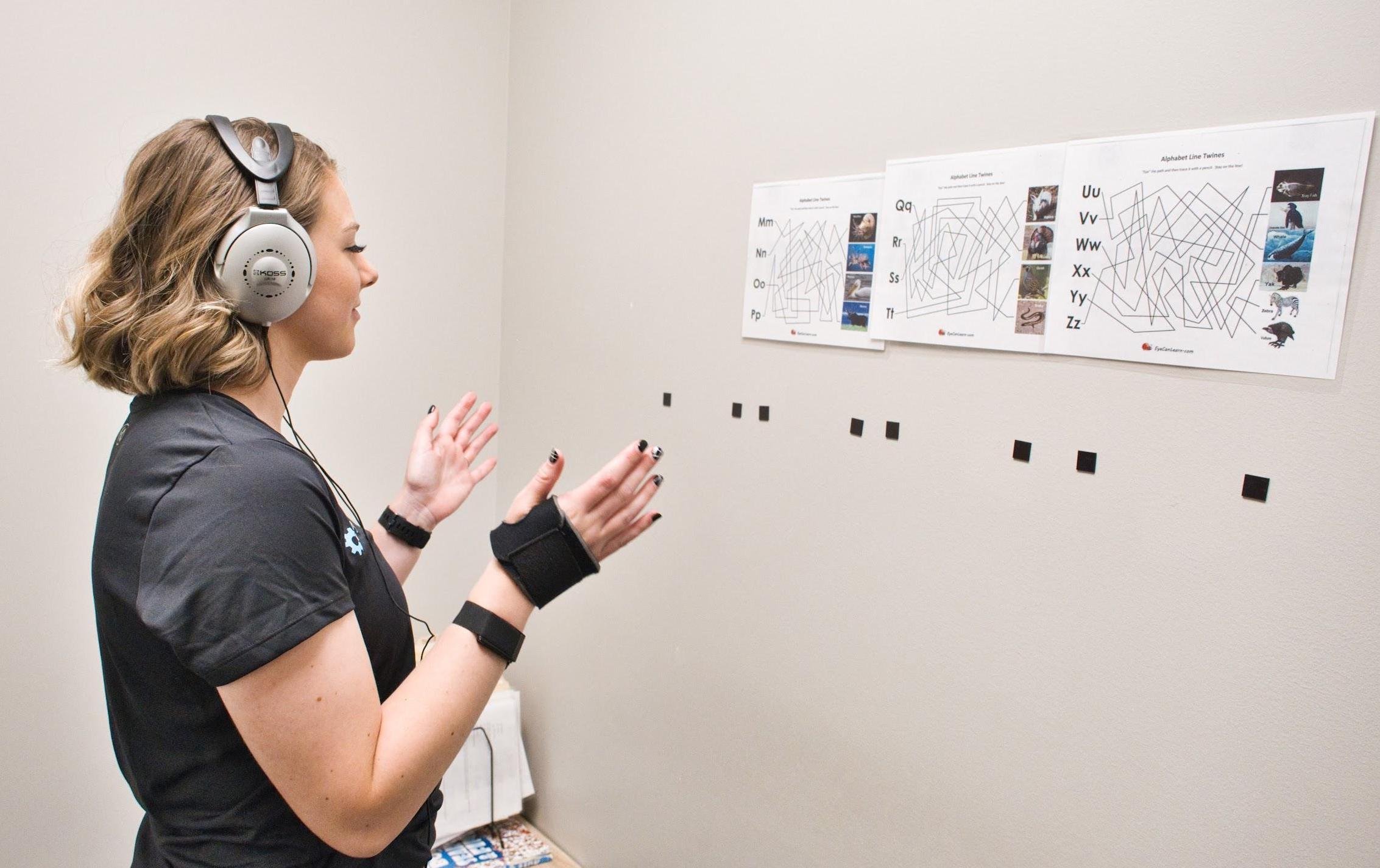
- Recover: Throughout the day, patients have periods to rest and recover. This may include breathing exercises to relax, neuromuscular massage of the neck and shoulders, or mindfulness exercises, for example.
After treatment, patients go through a second scan to check how their brains are recovering. Patients meet with one of our therapists to discuss progress and receive a series of exercises to complete at home. These typically include aerobic exercises, cognitive activities, and relaxation techniques.
Most patients start with about an hour per day, five days a week on these exercises, then slowly reduce the time spent as they recover. Completing these exercises boosts the chances of a fast and complete recovery. Most patients continue to improve at home in the weeks and months after their treatment.
This was certainly the case with Nate Benson. In the months after his treatment, his energy levels increased, he could focus while studying, and his mental health improved significantly.
Since his treatment, his mom and brother have also undergone treatment at Cognitive FX. In fact, his brother’s initial condition was even worse than Nate’s because he suffered multiple concussions growing up. He too saw significant improvements in his symptoms.
In addition to CO poisoning, we also treat a variety of other conditions that affect the brain. Some of our patients include:
- Sam Gray, who suffered a brain bleed as a child but had to wait 33 years for treatment.
- Quirien Willemsen, who suffered a concussion cycling.
- Olivia Seitz, who suffered years of chronic illness after multiple concussions.
Ready to start your recovery journey at Cognitive FX? Schedule a consultation with our team.
Frequently Asked Questions (FAQ)
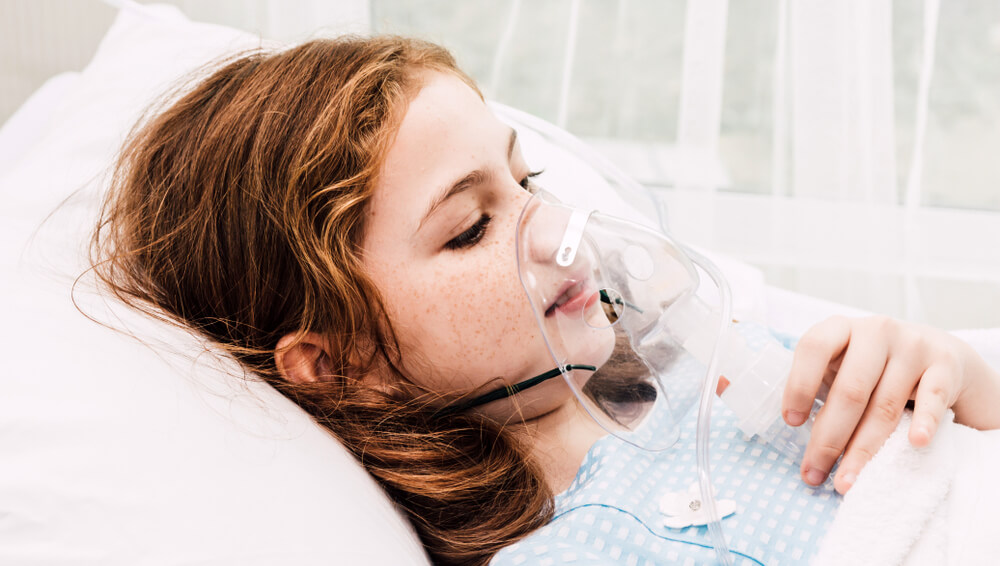
In this section, we address the following common questions:
What is carbon monoxide (CO) poisoning?
Carbon monoxide poisoning occurs when carbon monoxide (CO) builds up in the bloodstream. When people inhale too much CO, this gas reaches the bloodstream through the lungs and attaches to the body’s oxygen transporter — called hemoglobin — present in red blood cells. The problem is that CO can bind 200 to 250 times more effectively than oxygen to hemoglobin. After CO exposure, red blood cells start carrying CO, and the body is effectively starved of oxygen.
This colorless and odorless gas is produced during the incomplete burning of organic matter. (Complete combustion would produce carbon dioxide - CO2.) Any burning fuels, including gas, wood, propane, or charcoal, can produce carbon monoxide.
Most accidental exposure to CO happens in the winter. The most common source of CO poisoning is space heaters in the home. If these devices are not installed properly, they can release CO into the room. Placing these heaters in a tightly enclosed space makes the buildup worse.
Other sources of carbon monoxide include the following:
- Malfunctioning, poorly maintained, or incorrectly installed gas appliances, including cookers, heaters, and central heating boilers
- Tobacco smoke
- Blocked chimney
- Auto exhaust or idling vehicles
- Gas or fuel-burning appliances used in campervans or boats
- Fires
- Exposure to organic solvent dichloromethane, also known as methylene chloride, found in some paint strippers (In 2019, the United States Environmental Protection Agency [EPA] banned the use of dichloromethane in paint strippers for consumer use because of the negative health effects.)
Who is most at risk for CO poisoning?
Everyone can be affected by carbon monoxide poisoning, but patients with the highest risk include:
- Developing fetuses. Fetal blood cells bind with carbon monoxide more quickly than adult blood cells.
- Pregnant women. Pregnant women have a higher respiratory rate compared to non-pregnant women. This means they can suffer CO poisoning with lower CO levels in the air because they inhale more frequently.
- Infants. Similarly to pregnant women, young children also have a higher respiratory rate.
- Older adults. Elderly patients are more at risk because of existing comorbidities, such as heart disease or respiratory disease.
- People living at high altitudes who may already be experiencing low levels of hypoxia.
- Patients with chronic heart disease, anemia, or respiratory problems: Their ability to carry oxygen in the bloodstream is already compromised, and they are more sensitive to carbon monoxide.
- People with already-high CO levels, such as those who smoke.
- People who have a risk of CO exposure through their jobs. Dangerous CO levels may be present in boiler rooms, warehouses, or refineries. Workers who may be exposed to high CO levels include firefighters, mechanics, taxi drivers, and welders, to name just a few.
How is CO poisoning diagnosed?
Diagnosis is possible if patients seek medical treatment immediately after exposure. In practical terms, this is done by measuring the amounts of hemoglobin connected to CO (called carboxyhemoglobin) compared to the amount of hemoglobin connected to oxygen in the blood.
In an average person, the ratio between carboxyhemoglobin and hemoglobin molecules is around 5%, although it may be double in heavy smokers. Levels can reach 30% after mild exposure, with fatal cases going as high as 90%.
However, diagnosis is not always this straightforward. The body can eliminate CO within a few hours after exposure, and the patient’s ratio between carboxyhemoglobin and hemoglobin quickly goes back to normal values. This does not mean that the patient is not experiencing symptoms caused by exposure to CO.
To further complicate matters, symptoms may develop immediately after exposure or may be delayed and only develop weeks or even months after the CO poisoning. This period — called the lucid period or lucid interval — makes diagnosis extremely challenging.
Symptoms and potential exposure — not carboxyhemoglobin levels — should guide diagnosis. Medical staff should be particularly aware of CO poisoning in fire victims, patients with unexplained altered mental status, or if more than one person in the household is experiencing similar symptoms.
How do doctors treat CO poisoning immediately after exposure?
Anyone exposed to carbon monoxide needs to get fresh air and seek medical care. If you believe you or your loved ones have been exposed to high levels of CO and are experiencing symptoms like headache, dizziness, nausea, shortness of breath, weakness, and confusion, you need to call emergency medical services immediately.
At the hospital, treatment for CO poisoning may involve:
- Breathing pure oxygen. In the emergency room, treatment for CO poisoning involves breathing 100% oxygen through a mask placed over the patient’s nose and mouth. For more severe cases, patients may be placed on a ventilator.
- Getting hyperbaric oxygen therapy. This involves breathing pure oxygen in a chamber with an air pressure 2 to 3 times higher than usual. Hyperbaric oxygen therapy can be particularly useful for severe cases of CO poisoning, reducing the incidence of persistent symptoms. The best results occur when patients receive their first session less than six hours after the poisoning event. Typical protocols involve at least three treatments in the first 24 hours.
- Other treatments. Providing high levels of oxygen to reduce the levels of carbon monoxide in the bloodstream is just one part of treatment. Some patients may need treatment for other conditions, such as brain swelling or irregular heartbeats, for example.
How can I avoid CO poisoning at home?
If you suspect that you’ve suffered carbon monoxide poisoning (or actually have been diagnosed), most likely, it happened at home or in a familiar environment. Follow these recommendations to prevent further accidents affecting you or your family in the future:
- Check that all your fuel-burning appliances — such as water heaters, stoves, and heating systems — are operating normally at home. Have them professionally checked at least once a year.
- Make sure they’re installed in a well-ventilated area to reduce the risk of CO accumulating in enclosed spaces.
- Don’t use cookers and ovens to provide heat in your home.
- Ensure fireplaces’ chimneys and flues are clear of any obstructions.
- Install battery-operated carbon monoxide detectors throughout your home. Make sure you check and replace the batteries on a regular basis. If the carbon monoxide alarm sounds, leave your home immediately and seek aid from healthcare providers.
- Never leave a vehicle running in the garage or any enclosed space; CO can build up even if the door is open.
- Regularly inspect the exhaust system in your car.
- Never use a generator inside the house; even small portable generators can produce large amounts of carbon monoxide. Set up the generator at least 20 feet from your home.
- Never use gas or charcoal grills inside the house or in poorly ventilated areas such as garages or tents.
- Regularly check the exhaust system in your boat; be aware that the initial symptoms of CO poisoning can be mistaken for sea sickness.
- Wear a mask when using products that contain methylene chloride (paints).
If you’re experiencing persistent symptoms such as brain fog, fatigue, memory problems, vision changes, and more after CO exposure, you’re not crazy. These are real symptoms caused by changes in the brain and autonomic system after exposure, and they can be helped. Over 90% of our patients experience significant recovery after treatment in our clinic. To determine if our program is right for you, please schedule a consultation with our team.

















